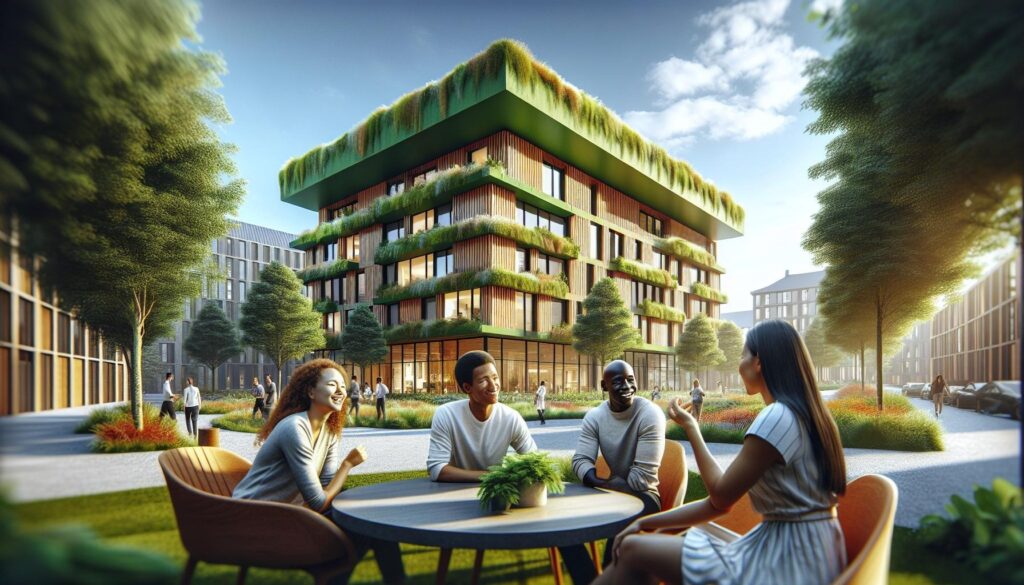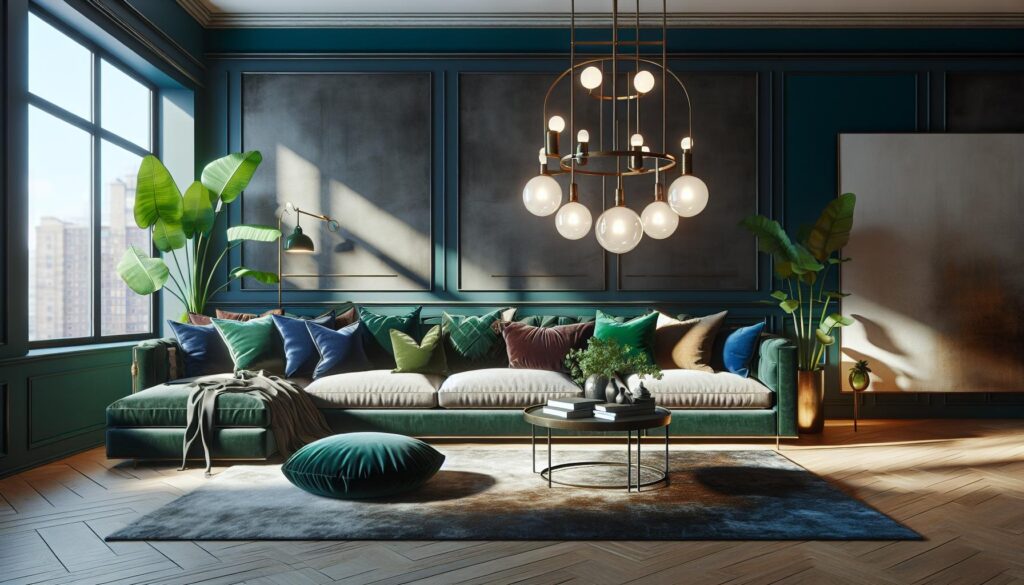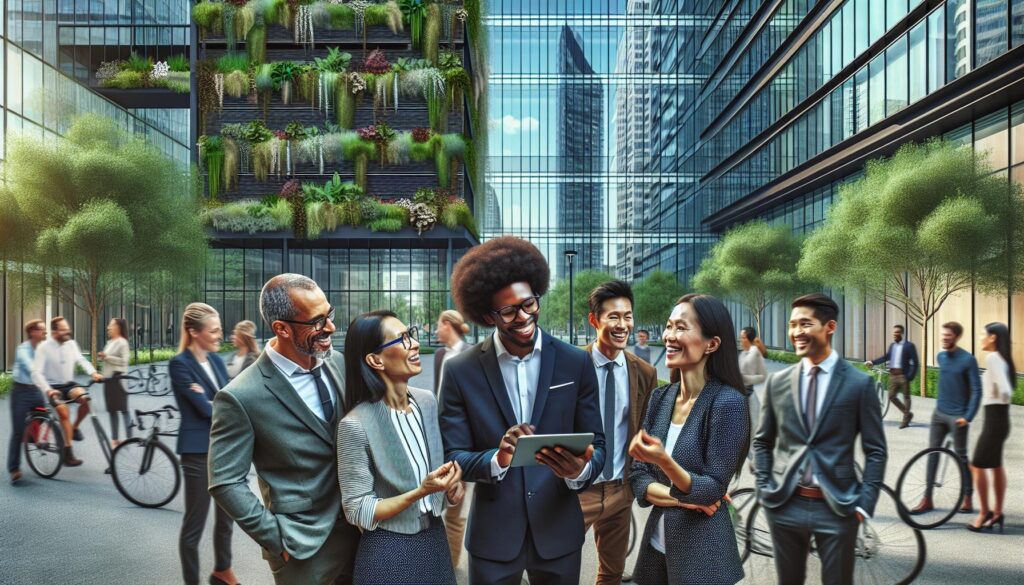In 2020, architecture took a wild turn, proving that even buildings can have a midlife crisis. Gone are the days of cookie-cutter designs; instead, architects embraced bold colors, sustainable materials, and a touch of whimsy. Who knew that a house could look like it just stepped off a fashion runway?
As they navigated a world increasingly focused on eco-friendliness and innovation, architects pushed boundaries and redefined spaces. From tiny homes that challenge the notion of “small” to sprawling green roofs that make Mother Nature proud, 2020 was all about creativity and functionality. Buckle up as we explore the architectural trends that not only shaped the year but also set the stage for the future of design.
Architectural Trends 2020
Architectural trends in 2020 marked a notable shift towards innovative and bold designs. Emphasis on sustainability became a defining feature, influencing both aesthetic choices and material selections. Increased awareness around environmental issues led architects to prioritize energy-efficient structures and eco-friendly materials.
Tiny homes gained popularity as more individuals sought minimalism and functional living spaces. Many saw these compact homes as a solution to rising housing costs. Green roofs emerged as another significant trend, offering both aesthetic appeal and environmental benefits. These roofs improved insulation and supported biodiversity, serving practical and ecological purposes.
Bold color palettes replaced traditional neutrals, adding vibrancy to urban landscapes. Architects experimented with striking hues, creating visual interest and enhancing the identity of neighborhoods. Outdoor living spaces grew in importance, as architects designed areas that seamlessly blended indoor and outdoor environments.
Technology played a crucial role in shaping architectural practice in 2020. Smart home features became more commonplace, providing convenience and enhanced security. Increased use of digital tools allowed for more precise and creative designs, enabling architects to visualize projects in innovative ways.
Community-focused designs also gained momentum, as architects considered social interactions in their plans. Public spaces received attention, with a focus on accessibility and inclusivity. Overall, architectural trends in 2020 highlighted a dynamic and evolving field, reflecting broader societal shifts toward sustainability, functionality, and connectivity.
Sustainable Design Practices
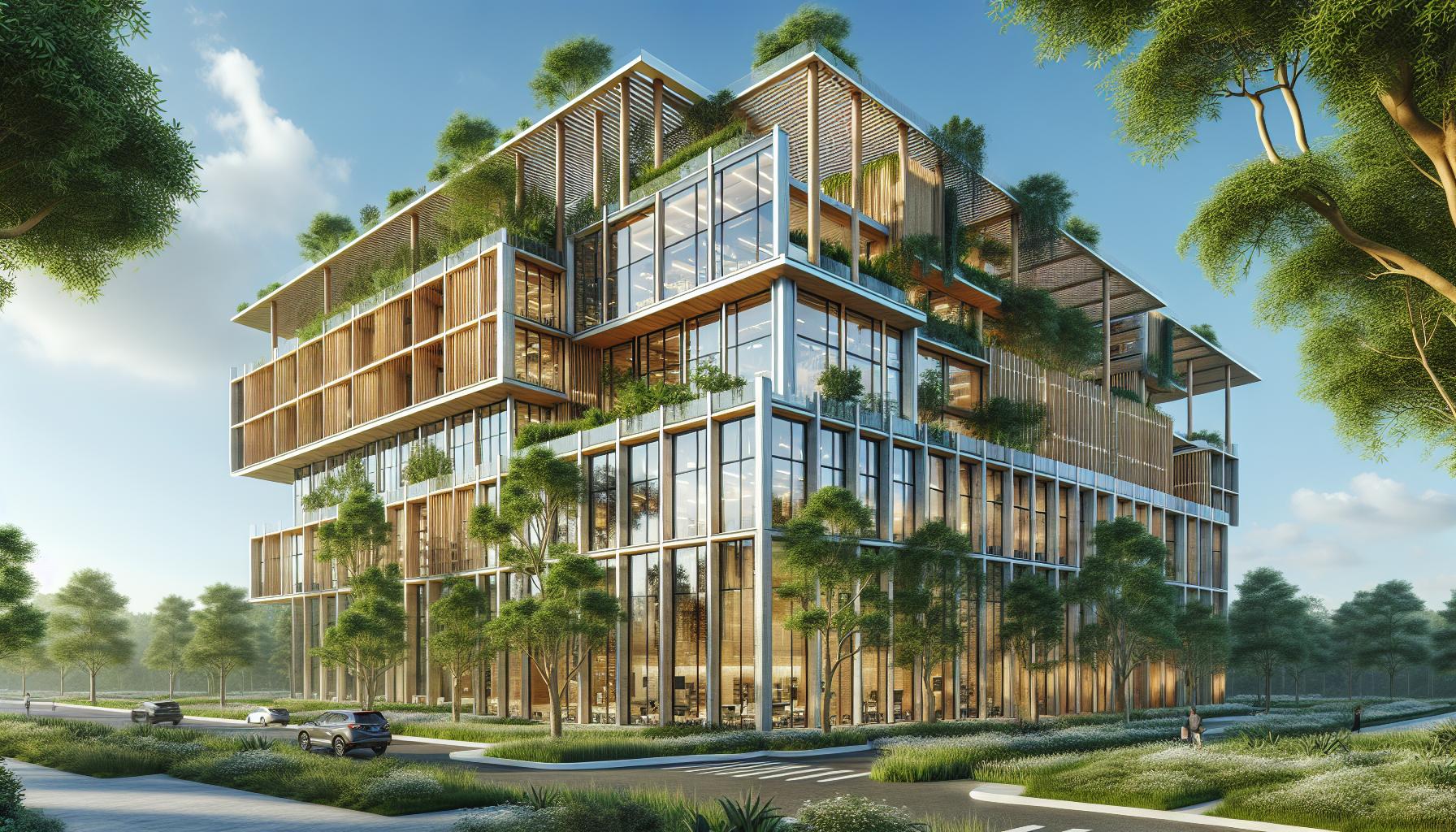
Sustainable design practices became central to architectural trends in 2020, reflecting a commitment to the environment and resource conservation. These practices emphasize the integration of eco-friendly elements into building design.
Eco-Friendly Materials
Sourcing eco-friendly materials, such as bamboo and recycled steel, gained traction among architects. Bamboo offers rapid renewability while providing strength and versatility. Recycled materials minimized waste and reduced the carbon footprint associated with production. Bio-based materials like hempcrete became popular for their insulating properties and reduced environmental impact. Designers also explored local materials, promoting regional supply chains and decreasing transportation emissions. Utilizing such materials enhanced building aesthetics and supported sustainability goals.
Energy Efficiency Innovations
Innovations in energy efficiency transformed architectural practices. Smart technologies allowed for better energy management within buildings. Integrating solar panels on rooftops not only reduced reliance on fossil fuels but also lowered utility costs. Installing high-performance windows improved insulation and natural lighting, enhancing comfort while minimizing energy consumption. Incorporating geothermal heating and cooling systems provided efficient climate control solutions. These advancements contributed to lower overall energy usage, aligning architectural trends with sustainability initiatives.
Technological Innovations in Architecture
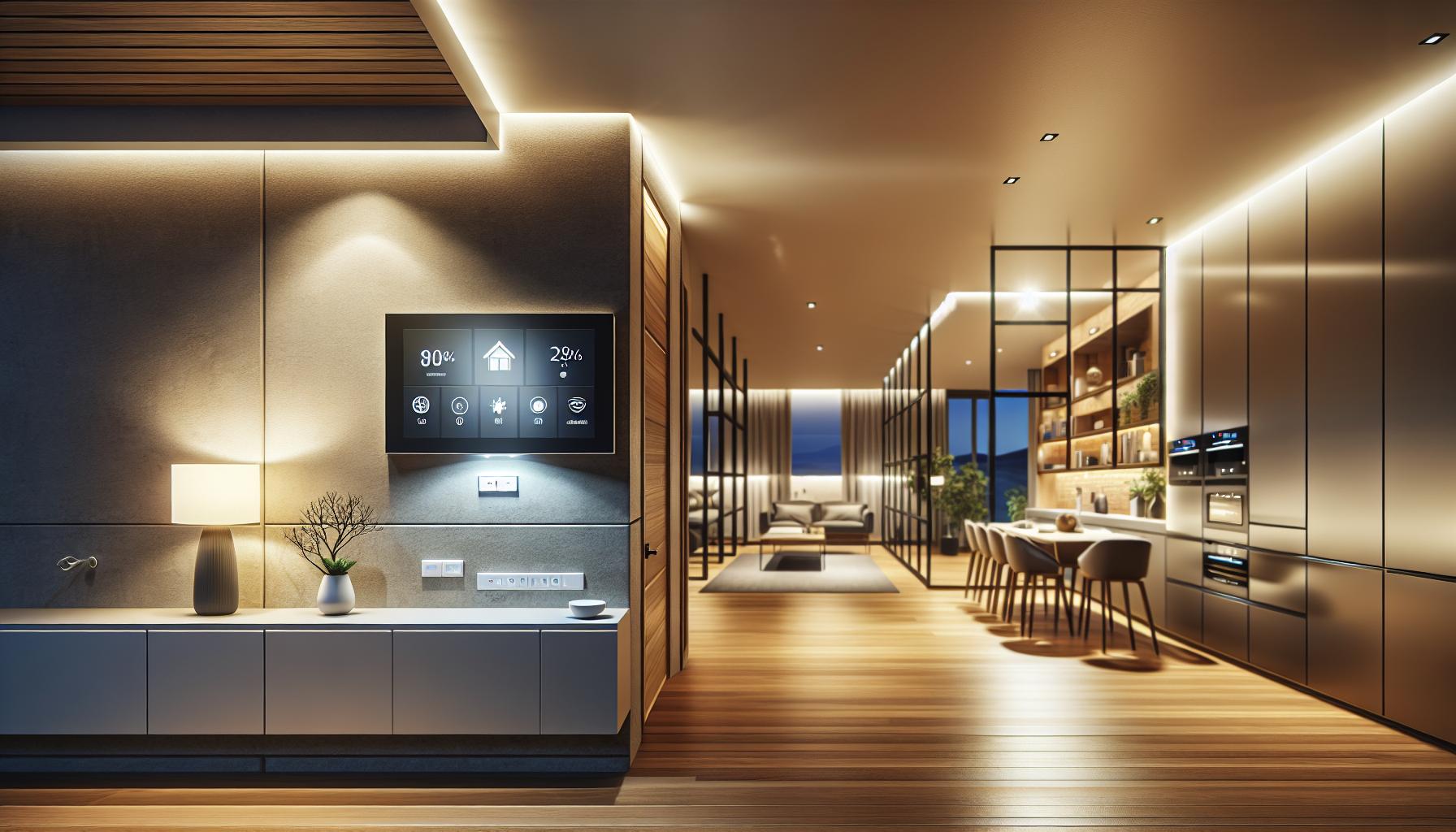
Technological advancements significantly influenced architectural trends in 2020, promoting smarter and more efficient designs.
Smart Home Features
Smart home features became integral in modern architecture. Systems allowed homeowners to control lighting, security, and climate through mobile devices. Energy-efficient appliances gained traction, reducing consumption and enhancing convenience. Wireless technology streamlined connectivity between devices, fostering user-friendly environments. Smart thermostats also adjusted temperatures automatically based on occupancy patterns, further optimizing energy use. As a result, homes became more adaptive and responsive, catering to individual lifestyles.
Virtual Reality in Design
Virtual reality (VR) emerged as a transformative tool in architectural design. Architects used VR to create immersive experiences, allowing clients to explore spaces before construction. This technology facilitated better visualization of projects, improving communication and collaboration among stakeholders. Clients experienced realistic walk-throughs, making informed decisions about layouts and finishes. Using VR also reduced costly design changes later in the process, streamlining project timelines. Architects embraced this innovation, enhancing creativity and ensuring designs aligned with client expectations.
Minimalism and Open Spaces
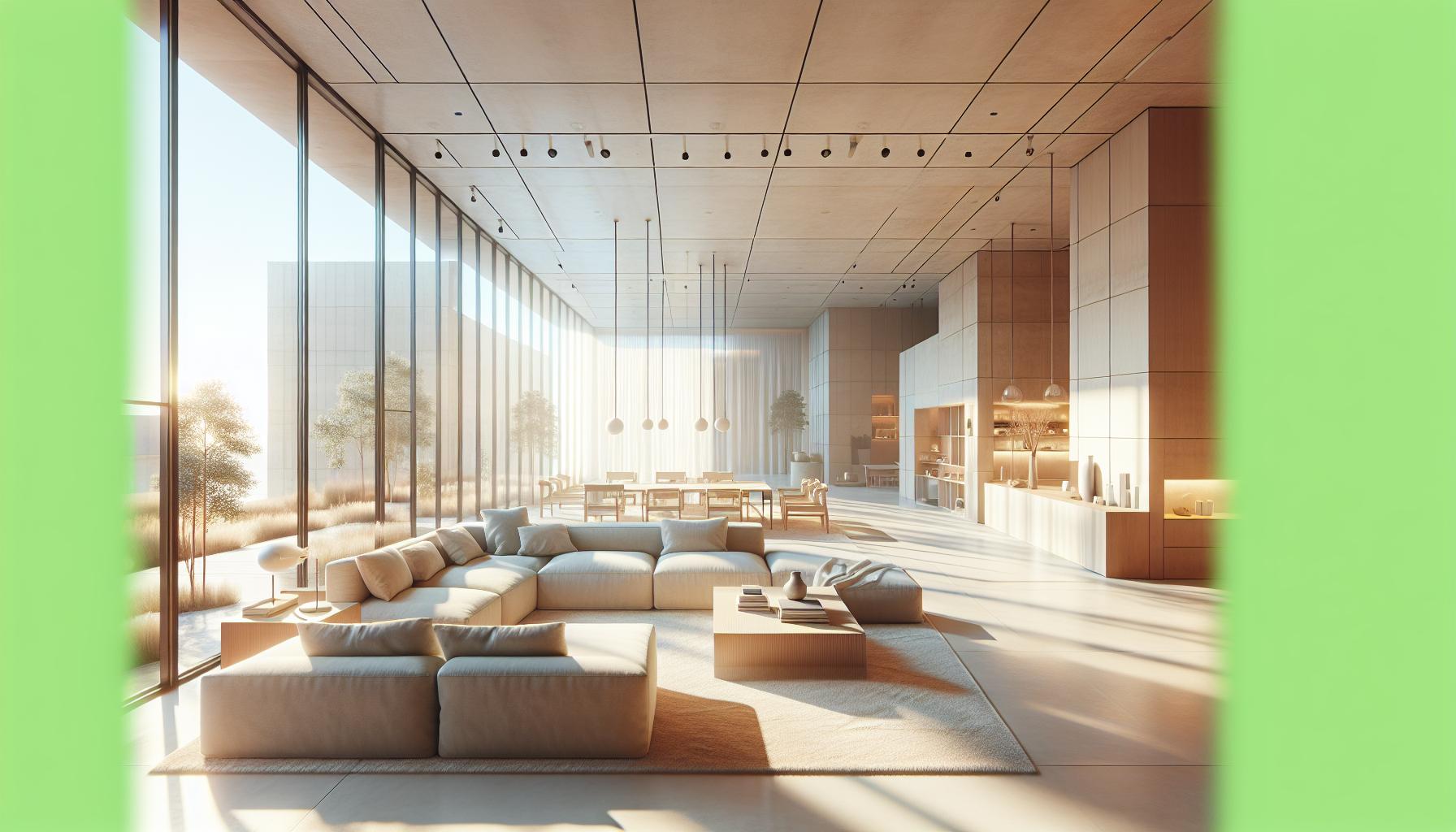
Minimalism and open spaces dominated architectural trends in 2020. These concepts focused on simplicity, functionality, and a connection to nature, reshaping how spaces were designed.
The Rise of Minimalist Aesthetics
Minimalist aesthetics gained popularity, emphasizing clean lines and uncluttered environments. Designers sought to create spaces that highlight the beauty of simplicity. Neutral color palettes served as a foundation, complemented by natural materials like wood and stone. Furnishings remained minimal, with multifunctional pieces providing both style and utility. Large windows ensured an abundance of natural light, fostering a sense of openness and tranquility.
Functional Open Floor Plans
Functional open floor plans transformed traditional layouts, enabling seamless transitions between living areas. Spaces combined kitchens, dining rooms, and living rooms, encouraging interaction among family members and guests. This configuration maximized space efficiency and adaptability for various activities. Multi-use areas catered to diverse lifestyle needs, from casual gatherings to remote work setups. Additionally, careful planning integrated storage solutions discreetly, maintaining an organized appearance while enhancing usability.
Biophilic Design Principles
Biophilic design principles emphasize the integration of nature into architectural spaces. This approach enhances user well-being and fosters a connection to the natural environment.
Connection to Nature
Connection to nature forms a core element of biophilic design. Incorporating natural elements such as plants, water features, and organic shapes encourages psychological and emotional well-being. Spaces that reflect natural landscapes often reduce stress and increase productivity. Architects utilize indoor gardens and green walls, enhancing air quality and creating appealing environments. Incorporating natural materials like wood and stone connects occupants with their surroundings, grounding the architectural experience. In residential and commercial properties, the strategic placement of windows can provide views of greenery, further inviting nature inside.
Use of Natural Light
Natural light plays a critical role in biophilic design principles. Maximizing daylight improves aesthetic quality and reduces the reliance on artificial lighting. Strategic window placements and skylights allow sunlight to penetrate interior spaces, creating a warm, inviting atmosphere. Exposure to natural light elevates mood and enhances comfort levels for occupants. Using reflective surfaces and open layouts improves light distribution throughout buildings. Architecture aiming for sustainability often emphasizes energy efficiency, making natural light a vital component in reducing energy consumption while increasing overall well-being.

